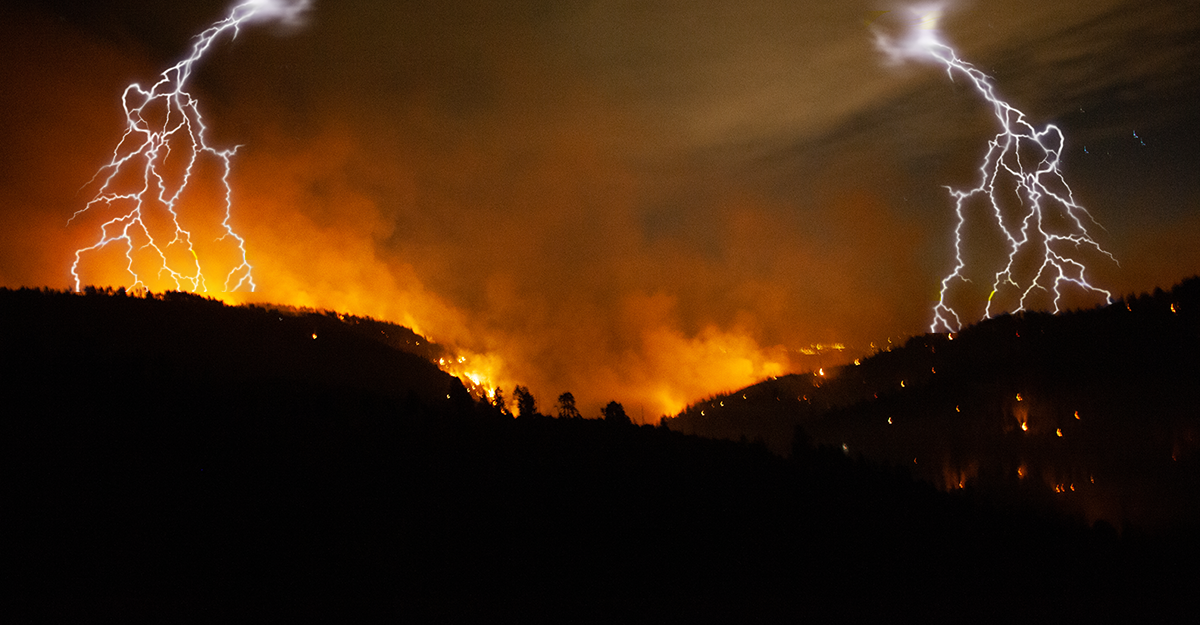Complex emergency management is fundamentally a lesson in organized chaos where accountability is a core foundational element of shared situational awareness. Knowing where to find what you need can be as chaotic given that response assets — the vehicles, equipment, autonomous platforms — are rarely in one place and scattered throughout an area of operation. Asset inventory coupled with resources and capability on a "single...
Read MoreThe 2022 Blueforce Texas Road Show
The 2022 Blueforce Texas Road Show gives you hands-on access to the latest in Public Safety, Safe Campus, and Autonomous Platform technologies. The Road Show kicks off Tuesday October 11, 2022 in Houston. For more information, click here…












